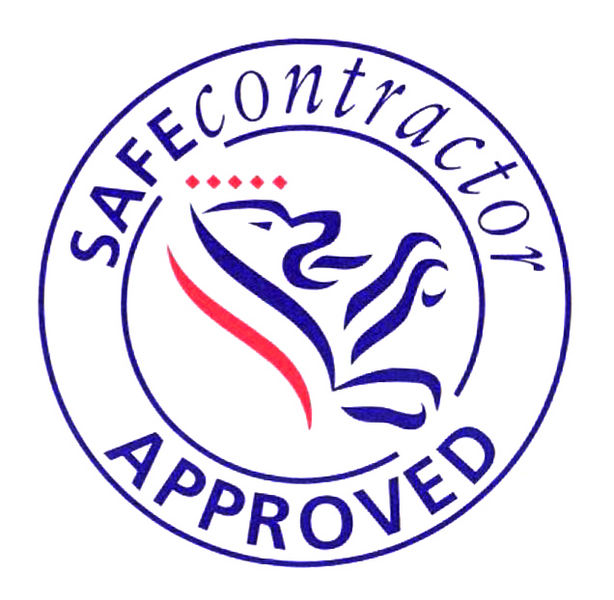Smaller House Builders Could Boost the Industry
There has been a substantial amount of debate about how exactly the housing industry can be helped back to pre-recession levels. Not only do we need to enable buyers to gain access to the finances required, but we also need to start building more homes to meet the growing demand. However, the strategy of larger builders generally doesn’t help to meet these requirements. Smaller businesses, on the other hand, are far better placed to do so if they receive more help, according to a report from the Campaign to Protect Rural England.
Dominance of the Big Eight
The majority of the housing industry is made up of large companies. 50% of the homes that were built in the last year were constructed by only eight house builders. Even though smaller companies are in the best position to build the better homes, under a quarter of those built came from small and medium-sized enterprises. These are the companies that build fewer than 500 homes annually.
We need a minimum of 200,000 homes built every year to meet current demand. Without this new supply, we will prevent new home owners from getting on to the ladder and those currently there from moving up. This will cause the market to stagnate and will have an impact on prices.
How Can Small Businesses Help?
If the government gave more help to smaller businesses, it could provide the answer to the shortage of homes. The strategy of the bigger firms doesn’t support plans to meet this demand. Their aim is to make fewer homes and sell them at high prices, thereby keeping their overheads low and making a good profit. They are not there to necessarily meet any environmental or social requirements, even though their marketing strategy might emphasise these points.
Smaller builders, in comparison, tend to base their developments on local need and choose designs that blend in. They offer features such as stainless steel banisters and custom-designed kitchens. However, there is a lack of competition to push the bigger companies to build better homes. Customers are often unhappy with the type and size of properties available, but there is currently no viable alternative. Smaller companies face too many barriers to start developments, making them less likely to get off the ground.
Moving Past the Issues
If the government wants to support the smaller house builder and enable them to build properties with stainless steel banisters or well-proportioned rooms, they need to navigate through the problems that are currently blocking their route. These include difficulties in getting hold of the right finance, the other costs (such as planning permission) and the fact that good sites are often sold without even going on the open market.
The government can provide support by identifying those brownfield sites that will benefit from development, supporting small businesses in accessing finance at the right levels and offering planning incentives for small developments on brownfield areas.
With the right support programme in place, the housing industry will be in a position to provide the properties that people are looking for in the right locations.







